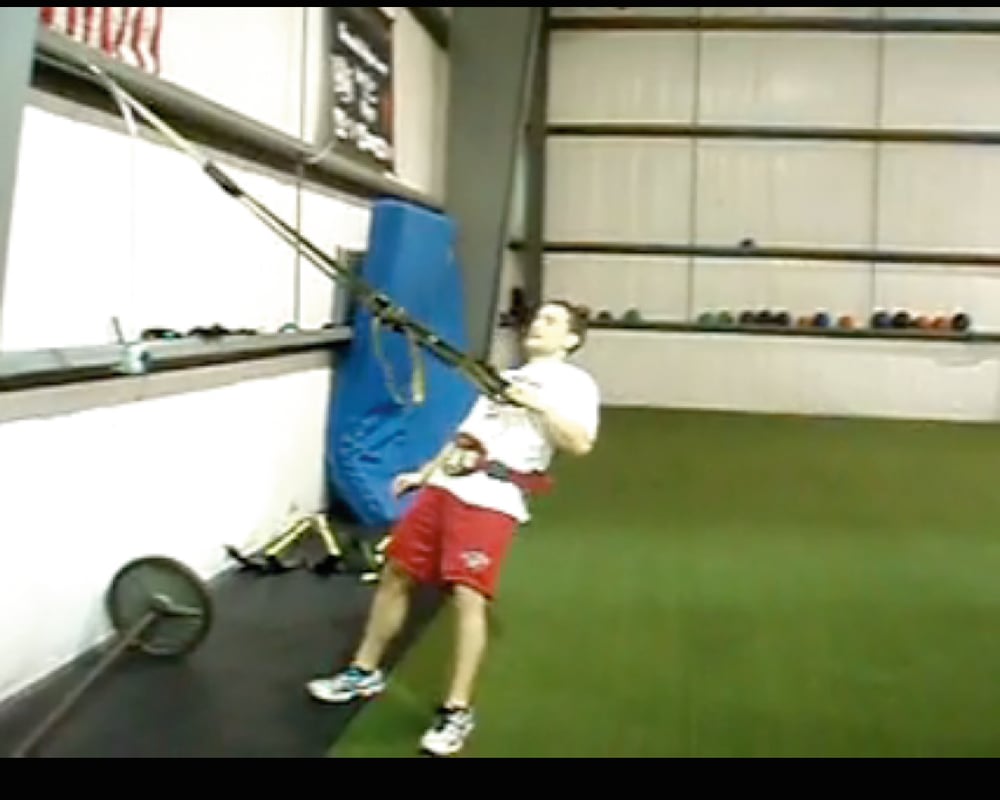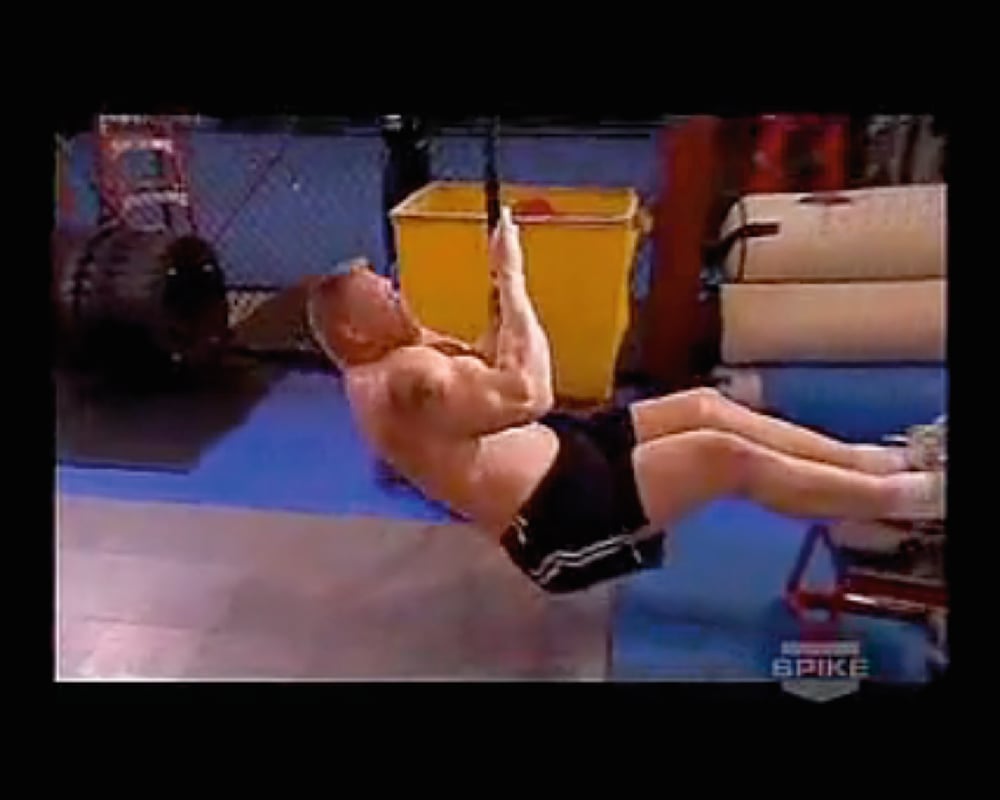
Issue 073
March 2011
Barry Gibson is a kettlebell and fitness instructor as well as a 3rd dan black belt in judo. A strength and conditioning trainer to some of the UK’s top MMA fighters (including TUF 9 winner Ross Pearson), he is available for seminars and workshops upon request. For details or to contact him with any questions or queries, email [email protected]. Check out his DVD Train Hard, Fight Easy and Win, available from grapplefit.com.
This month I’m looking at three fighters’ workouts that received lots of publicity and thousands of hits on the net. I’ll analyze them briefly and explain how you can incorporate the info into your own regimes. Sadly, watching Wanderlei Silva videos doesn’t automatically make you a fighter on a par with ‘The Axe Murderer’. But there’s still plenty you can take away from observing your heroes on YouTube.
Watch the videos in question before or during your enjoyment of the article. And while viewing any training clips, become a student of the game and look at your sport through analytical eyes. Why do the drills? What will they help you achieve? Where do they fit into your program and your current level of fitness?
Wanderlei Silva: Training for UFC 99
This video became famous because Silva’s trainer, Rafael Alejarra, has the UFC fighter performing his circuits with his nose taped and a snorkel, through which to breathe, in his mouth. This makes the session much harder due to the lack of effective respiration. This type of ‘hypoxic’ forced recovery is akin to wearing a mouthpiece or gum shield while training too. The supposed benefit is an increased lung capacity, or at least it feels a lot easier to breathe with no snorkel on. The drawbacks are mostly safety issues: not only do I not recommend this for anyone not at peak fitness, it feels very claustrophobic and it’s difficult to take off if you panic.
Some of Wand’s exercises include sled sprints, sledgehammer work, Olympic lifting, clean and press, use of chains (for accommodating resistance), medicine ball throws and treadmill sprints. All of which are performed with the aforementioned snorkel and nose tape. Instead of being strapped into snorkeling get-up, just try wearing your gum shield and pushing the pace while you perform drills.
Conditioning with Frankie Edgar: Round 4
Some footage shows Edgar training at the All Star Sports Academy with Brian Blue, but he also trains with Martin Rooney of community website trainingforwarriors.com. This is an encouraging resume.
‘Round 4’ is the most useful clip for us to look at. It shows Edgar hitting various exercises for reps as opposed to time. The exercises include one-arm dumbbell presses on a stability ball, band resisted chin-ups, split jerks, depth jumps, grappler press, one-arm recline rows and band resisted jump squats.
This lot will give Frankie the explosive power he needs over the duration of a championship bout. Everything around MMA training must provide an element of strength: not only maximum strength but ‘strength endurance’ and ‘power endurance’. It’s all well and good being able to explode a text book clean and press, but the modern combat athlete needs to be able to repeat that again and again. This type of training will build that capacity. You could replicate Frankie’s workout with the minimum of outlay – a few resistance bands, barbell and a medicine ball.
Pro Tip
It’s easy to copy it as it is, but do you know why you’re doing that particular routine or exercise? We’ve all seen Fedor Emelianenko performing long, slow, distance running in the mountains – does that mean all fighters of any level should? In my experience sprinting’s better for MMA training than long-distance running.
Brock Lesnar: Caveman Training
Brock’s a fan of ‘Caveman Training’, the system founded by America’s Athletic Performance Inc., where athletes are pushed hard through a series of unforgiving drills using lo-fi equipment. Caveman Training is a brand name and an ethos rather than a specific program – it’s mostly anaerobic and hypoxic and utilizes full body movement.
This video went viral very quickly. Sean Sherk and Brock go over to the Athletic Performance Inc. training institute to be put through their paces. The structure here was five rounds including a push round, a pull round, a cardio-vascular round and two hybrids of all three. This, of course, is to help them maintain a high level of power over a championship bout.
Drills included 60 seconds of each of the following: spiderman push-ups, plyo push-ups, sled push, power overs, recline rows, tire drag, jumping chin-ups, UBE machine, Airdyne bike, wind sprints and incline treadmill work.
Out of the three sets of drills shown this one would be the easiest to replicate at your gym. Pick five pushing exercises, five pulling exercises and five cardio drills. Put them together and perform each one for 60 seconds. For rounds four and five mix and match the push, pull and cardio work until you have a five-minute round. Then you’ll be hitting the ‘Caveman’ style of training.
...












